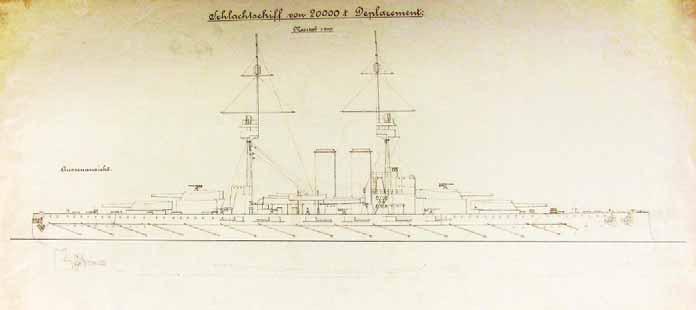preface
More than hundred years ago in 1918 the eighth largest navy of the world, the Austro-Hungarian Navy ceased to exist. Fifty years ago the notable naval historian Paul G. Halpern wrote these lines: “Even among historians mention of the Austro-Hungarian navy is apt to provoke smiles amid images of Ruritanian situation complete with elaborately bemedaled officers bearing grandiose titles, a bathtub fleet and in general a comic opera atmosphere.”1 Reading this it could be easily imagined the Grand Admiral of the Fleet entering the court ball his chest fully covered with medals and ribbons towing a toy battleship on castors, while in the remote harbor a handful of sailors polish the antiquated guns of the navy’s half dozen tiny warships. Although the mention of the Austro-Hungarian Navy provokes similar images for many even today, the reality, especially in the 20th century was totally different. Fifty years passed, and after a series of excellent books and articles written in English, German and other languages on the Austro-Hungarian Navy, the situation is nearly the same. The Navy disappeared along with the Habsburg Empire in 1918 without a successor, and the largest nations of the former Dual Monarchy (Austrians, Hungarians and Czechs) have been cut off from the sea. In these countries without real maritime traditions not surprisingly the memory of the Navy rapidly faded. While in the last two decades the history of the Austro-Hungarian Navy received growing attention, still only small groups of enthusiasts keep alive its memory in the successor states of the Monarchy. The broad public has little knowledge about the actual existence of the Navy, and the picture of a comic opera fleet is deeply rooted in the minds. The fact that the Navy in the years immediately preceding the First World War became a serious factor in the Mediterranean, and the fleet was in this period the much developed branch of the Habsburg armed forces it’s a surprise even for some historians. In the time of my childhood in the seventies there were only a few signs in Hungary that the
Austro-Hungarian Navy actually existed. At the Museum of Military History at Budapest only the model of the battleship Szent István represented the Navy. Originally this model was a Viribus Unitis converted to Szent István by simply removing two from her four screws. The most popular and widespread sources of knowledge about the Navy were the fictional maritime adventure books of András Dékány written in the 1950s and 1960s. Dékány used the Navy as an interesting element of the historical background of his stories, and his picture of the Navy was incoherent and sometimes incorrect. In the Socialist regime the person of the last Flottenkommandant of the Navy, Miklós Horthy the later Regent of Hungary was also a discouraging factor for the objective research. The change began in the 1980s primarily thanks to the works of Károly Csonkaréti. Beside the official memorabilia there were naturally some personal relics. On my father’s desk was lying a little brass anchor on a nice wooden stand with the engraving Világháborús emlék 1914-1918 (memory from World War). Now it is in our glass-door cabinet beside my grandfather’s brass telescope and my wife’s chinaware. This anchor was bought by my great-grandmother Katica’s brother Nándor who served in Cattaro during the war. It is also a nice example of the developed Austro-Hungarian wartime souvenir industry. I saw its twin in the Serbian Orthodox Church of Szeged, a tiny silver (or silver plated brass) anchor hanging on a chain on the altar screen, the votive offering of Ferenc Pintér survivor of the Szent István. I saw the original relics of the former Austro-Hungarian battleships for the first time in 1991 in Venice. On either sides of the entrance of the Museo Storico Navale of Venice stands an anchor, one belonged to the battleship Viribus Unitis the other to the Tegetthoff. The Austro-Hungarian Navy during the few years prior to the First World War transformed from a mere coastal defense force into a powerful war machine and a Mediterranean power, thanks to its new true battleships. These battleships, the






























